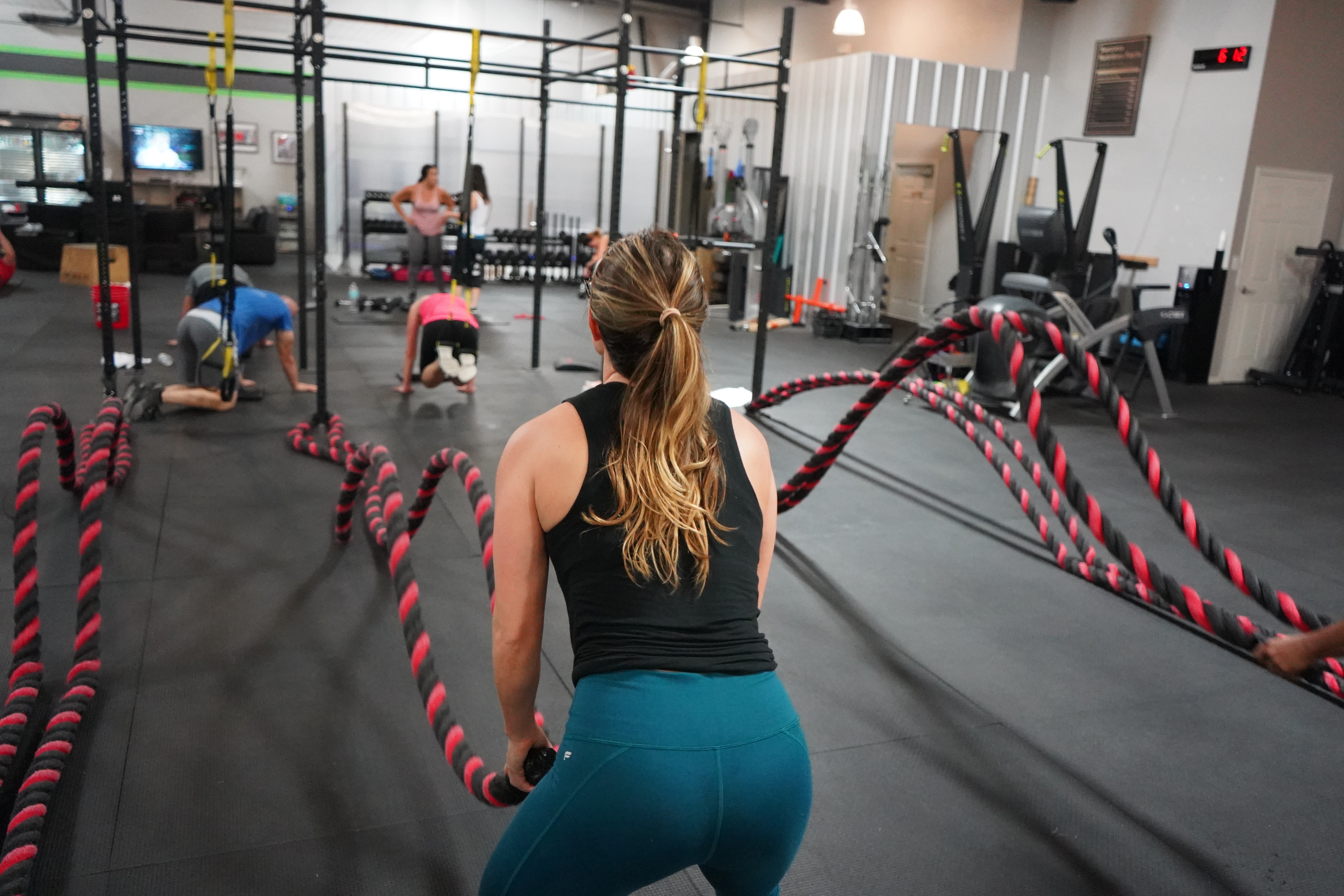
One of the most important steps in starting a new activity or behaviour is goal setting. If you take on a new activity without a clear goal in mind, it can potentially lead to stagnation and loss of interest.
Setting attainable goals can be a challenge, especially if you're just starting out with a new strengthening or cardiovascular exercise program.
Glen Sather Sports Medicine Clinic (GSSMC) physiotherapist Brad Green offers tips for setting goals that will keep you motivated, accountable and engaged.
How important is goal setting when starting a new program?
BRAD: One of the most important steps in starting a new activity or behaviour is goal setting. If you take on a new activity without a clear goal in mind, it can potentially lead to stagnation and loss of interest. Having a clear direction and an idea of what you are trying to accomplish, with a plan on how you will do it, is a great way to help promote success.
What's the best way to set goals for success?
BRAD: The best way to set goals for yourself is by using the SMART (Specific, Measurable, Achievable, Realistic and Time-Bound) method-a tool to help individuals increase the likelihood of succeeding in accomplishing their goals. This method helps individuals incorporate strategies, structure and accountability into their routines and gives them the availability to track and evaluate their progress.
In order to accurately follow the SMART method, your goals should be:
Specific: What exactly are you trying to achieve? Quite often, the more specific your goal, the better.
An example of a SMART goal for a runner increasing their activity durations: "I want to run on the treadmill two days per week at six kilometres per hour for 20 minutes over the next three months." The goal is specific (treadmill running two days per week at a specific speed for a specific time), measurable (speed and time on treadmill), achievable (assuming this individual has some running background), realistic (a commitment of 40 minutes per week) and time-bound (three months).
An example for someone who can currently perform 10 pushups:"I want to be able to perform 20 pushups in a row by practicing three times a week for eight weeks." The goal is specific (number of pushups), measurable (counting your repetitions), achievable (strength gains can take six to eight weeks), realistic (practice three times a week) and time-bound (eight-week period).
How many goals should I set?
BRAD: This is context-dependent and can be widely variable. Having some short- and long-term goals is often a good way to determine what is most important to each individual. If your goals all follow the SMART principle, you can set as many goals as you see being realistic, and your timeframes can vary based on each goal.
What if I don't meet my goals?
BRAD: It's ok if you don't meet your goals! It happens sometimes. Life can get in the way of you achieving your fitness goals and the best way to get past this is to have a plan on what to do next. Having SMART goals allow you to re-evaluate if the components of your goals meet the criteria and if certain modifications could be made to increase the likelihood of you reaching your goals.
______________________________________________
Brad Green is a physiotherapist at the Glen Sather Sports Medicine Clinic who specializes in musculoskeletal and sports injuries, with a special interest in lower body tendinopathy injuries, strength and conditioning, and working with strength sport athletes.
Brad obtained his Master of Science in Physical Therapy (MSc PT) from the Faculty of Rehabilitation Medicine, University of Alberta. Prior to this, he graduated from the University of Manitoba with an honours with distinction undergraduate degree in kinesiology.